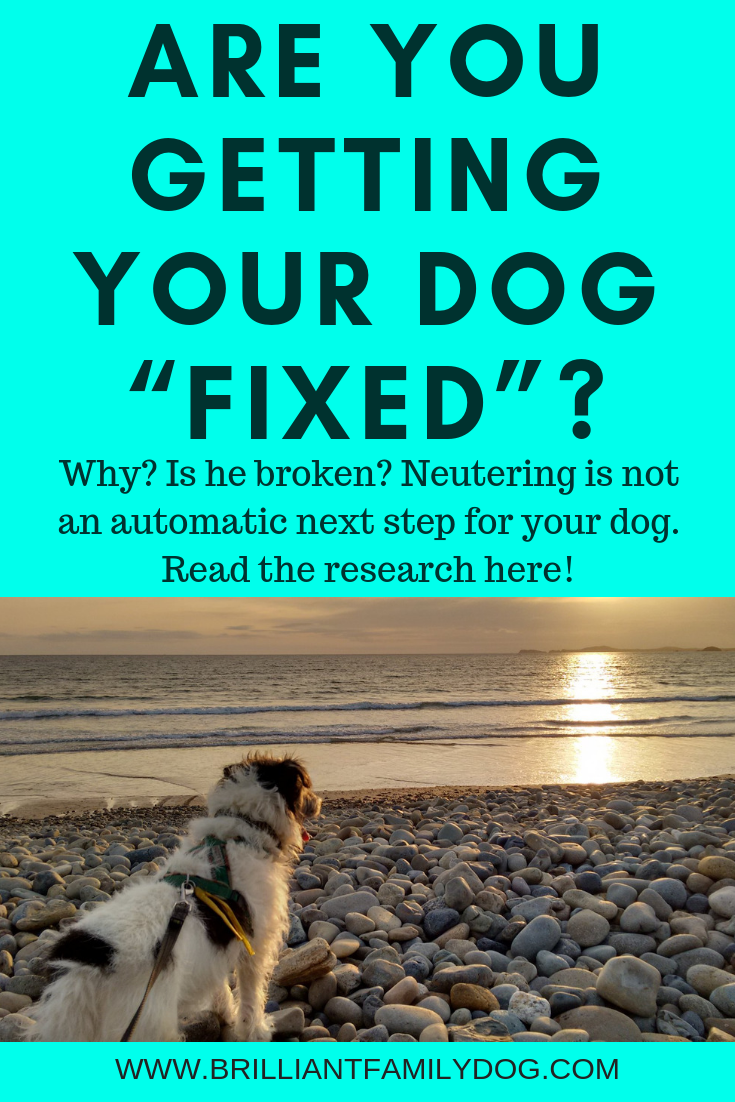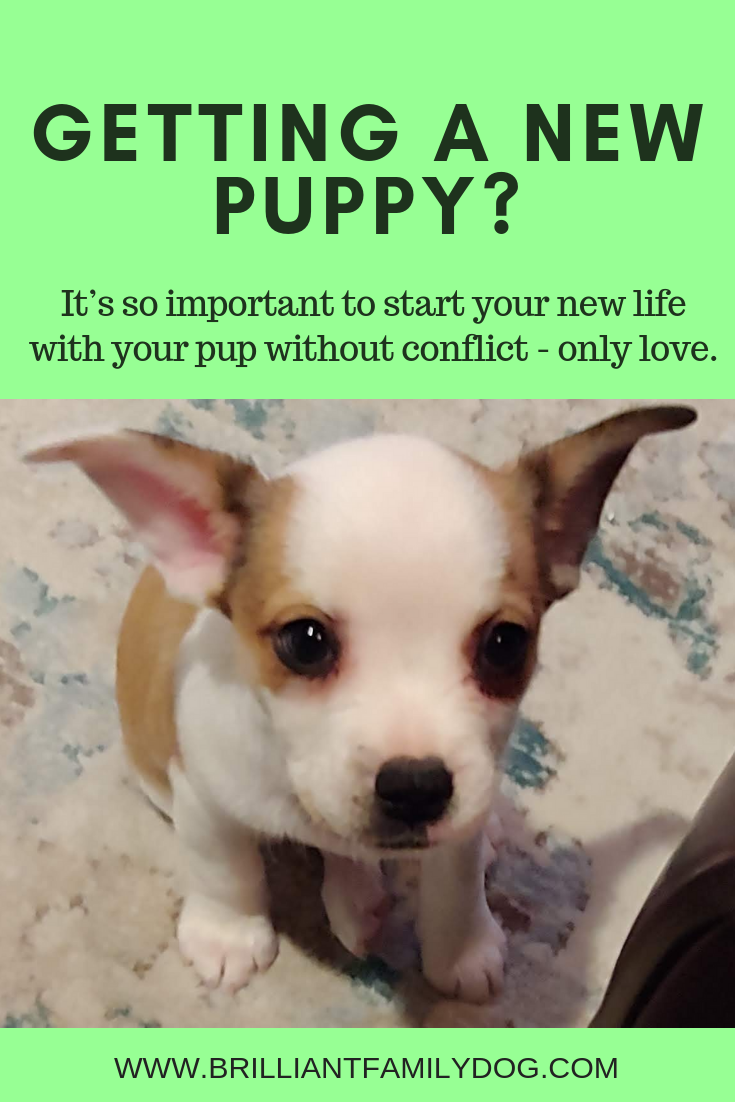I hear this so often:
“My dog pulls me all over the place on the lead”
“My dog criss-crosses in front of me so I trip”
“My dog has pulled me over in the road!”
“My dog is always ahead of/dragging behind me”
as if it’s the dog’s fault!
How can your dog comply with wishes that are never expressed?
How can he understand if you don’t explain to him?
How can he know what you want him to do if you never teach him!
It really is no use complaining to others what your dog does on a walk, if that’s what you allow him to do.
And if you don’t take active steps to change this, that’s what you’re doing. By “active steps” I don’t mean moaning and crying and yelling “get back” or “stop!” or “*$**&** dog!”
What I mean is a proper program of Loose Lead Walking. There are plenty of them about. Mine is here - Let’s Go! Enjoy companionable walks with your Brilliant Family Dog:
Students of Brilliant Family Dog Academy and From Challenging Dog to Brilliant Family Dog also get the benefit of this full program, along with step-by-step videos so they can get it right fast!
There are others, of course. And as long as you’re not using nasty gadgets, horrid collars, slip leads, retractable leads, tightening harnesses, tightening head collars - or any other aversive nasty, you should be ok.
And the system you choose needs to be proactive - that is to say you teach the dog what it is you want, rather than continually correct him for what you don’t want.
Continually punishing someone for doing something they had no idea was wrong is … WRONG! It’s also counter-productive. Your dog will think, “I’d rather have the sustained pain of choking into my collar than be told off the whole time and I don’t know why.”
Yes, that’s quite a lot of thought to impute to the humble dog. But I think you get the gist.
If you can teach your dog what you want and give him a choice in the matter, you’ll find things go much more smoothly! AND get the result you want.
Not just walking nicely on the lead
And it’s not just Loose Lead Walking where you need to give your dog an inkling of what you want, not expect him somehow to divine your desires magically.
It applies to anything you’d like him to do - sleep in his bed and not yours, sit at the kerb before crossing the road, travel calmly and quietly in the car, greet visitors politely, leave your food alone on the kitchen worktop …
I’m not saying you have to do all those things - they’re just examples of what you may like to actually teach your dog, rather than expect him somehow to know.
And none of these things include yelling “Gerroff! Stop! LEAVE IT!”
Once you follow a proven program and teach your dog what you want, you have peace and harmony in the home. You can trust your dog to do what you would like him to do, and he can trust you not to tell him off for breaking secret rules.
You can ask him to do things, not command him. How often do you command your house-mate or spouse? “Make me a coffee. I said make me a coffee! Make it now!”
Of course you don’t do that! You ask, politely, courteously, and ready to hear and respect the response you get. “I can’t right now, I’m in the bath,” doesn’t lead you to a meltdown, any more than “I can’t sit right now, there’s a dog staring at me over there,” should.
When it comes to it, we all want a peaceful and loving life with our dog - isn’t that why we got a dog in the first place?
Owning a dog is definitely a two-way street. You have to make sure your side of the street is open and has readily-understandable messages flowing down it. Then you’ll be able to hear your dog’s messages and come to an understanding with him.
“When the long line is on your harness you can wander about. When the short lead is connected, you walk beside me. Deal?”
Be sure you’re in conversation with your dog, not being a drill sergeant!
Plenty of ideas in this free 8-lesson email course for changing your life with your dog!
THIS FREE ECOURSE IS A BONUS FOR YOU WHEN YOU SIGN UP TO RECEIVE EDUCATIONAL EMAILS AND OCCASIONAL OFFERS FROM ME. YOU CAN UNSUBSCRIBE AT ANY TIME.
Privacy Policy
Privacy Policy




















